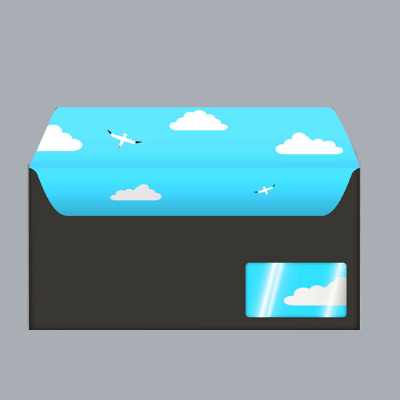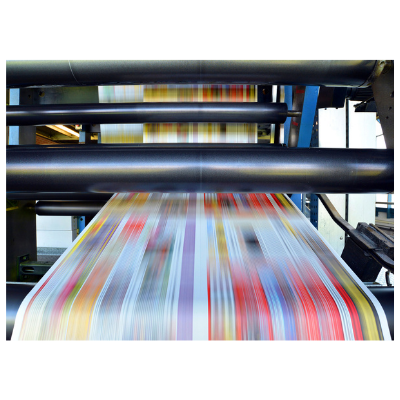“Print Basics” is a series that provides an in-depth look at print, prepress, ink and more.
A Brief History
The earliest form of printing can be traced back to the 4th millennium B.C. when clay tokens were used for livestock inventory. It wasn’t until 1440 A.D. when Johannes Gutenberg invented the first printing press, influencing developments in print technology and eventually sparking literacy rates around the world.
The Advantages of Print for Mail
Print has evolved to a tangible, tactile and unique form of communication among its many digital communication alternatives. Research has shown print can evoke emotions and memory recall in a way that digital cannot. Direct mail and transactional mail marketers alike can enjoy these benefits of printed envelope communications (and the strong response that accompanies it).
Plate or No Plate: The Two Main Types of Print
There are two main categories of print. One type is known as plateless, nonimpact or pressure less printing, and includes digital, inkjet and dye sublimation print methods. The other print type is known as plate, impact or pressure printing, and include methods such as flexography, offset lithography, letterpress, gravure and screen printing.
Plate Printed Envelopes
In general, plate printing is optimal for envelope printing. Printing plates yield higher resolutions and print quality than plateless printing styles. Plate print methods, flexography (flexo) and offset lithography (often referred to simply as litho), are most commonly used in envelope printing for large quantity runs due to the efficiencies and print qualities that can be achieved.
Plateless Printed Envelopes
In cases where the envelope is personalized with names, images, or text, inkjet or digital plateless print processes can be used.
How Does Printing Occur on the Envelope?
Lots of options exist for envelope printing. Envelopes can be printed before or during the manufacturing process. They can be printed on the inside, outside or both. They can be printed as a “blank,” or die cut shape of the envelope before it is folded, and they can be printed on a large web or roll of paper.
Your envelope design will largely dictate the best option chosen for your project.
Contact Tension
Get response for your project with the help of a quality printed envelope. Contact us today to discuss more.




